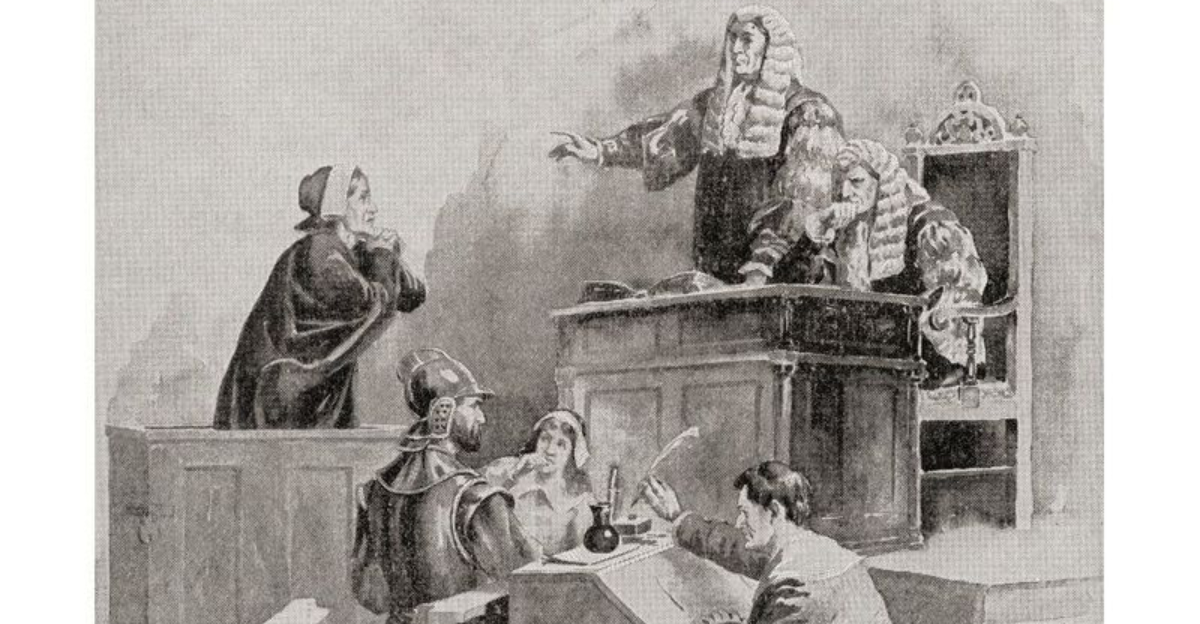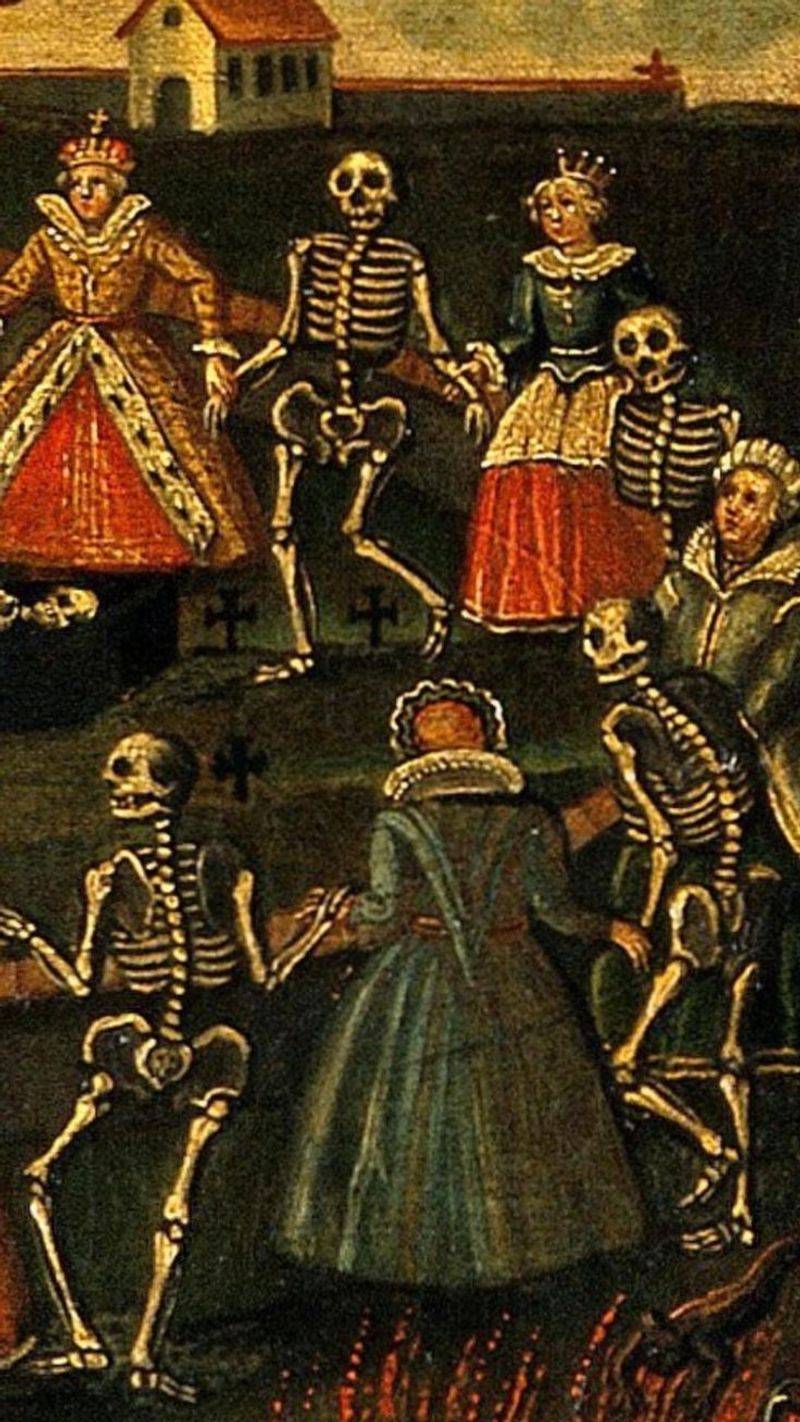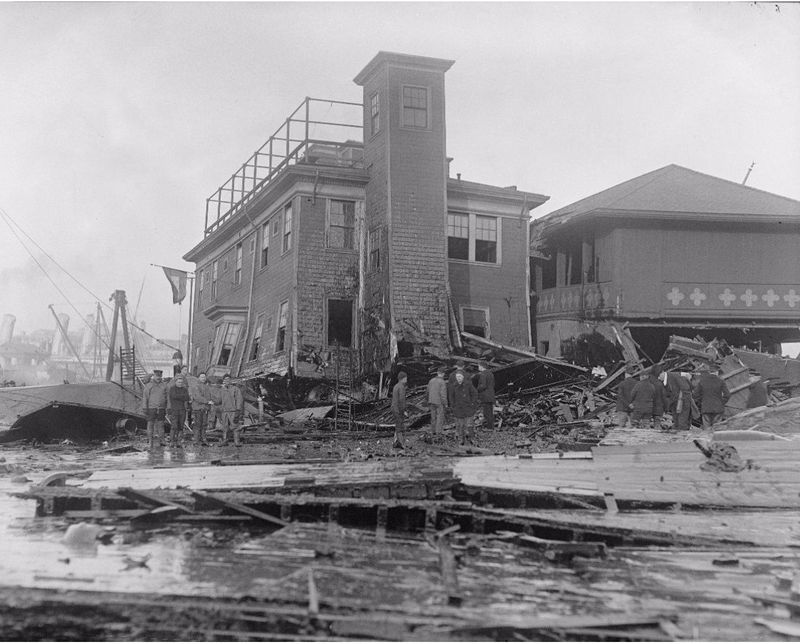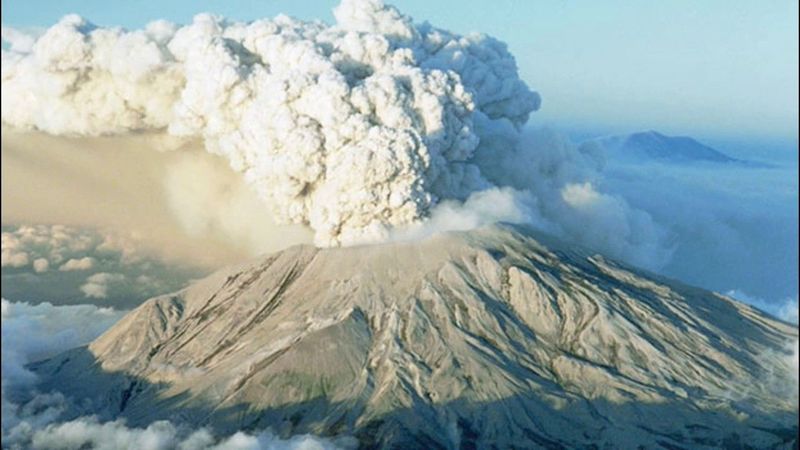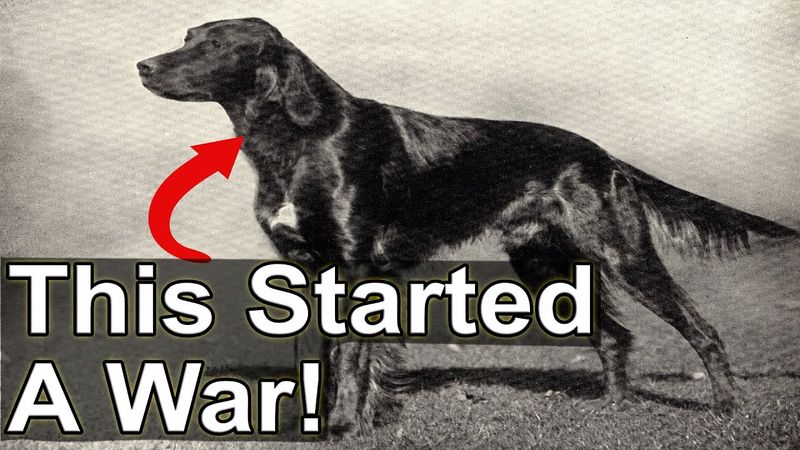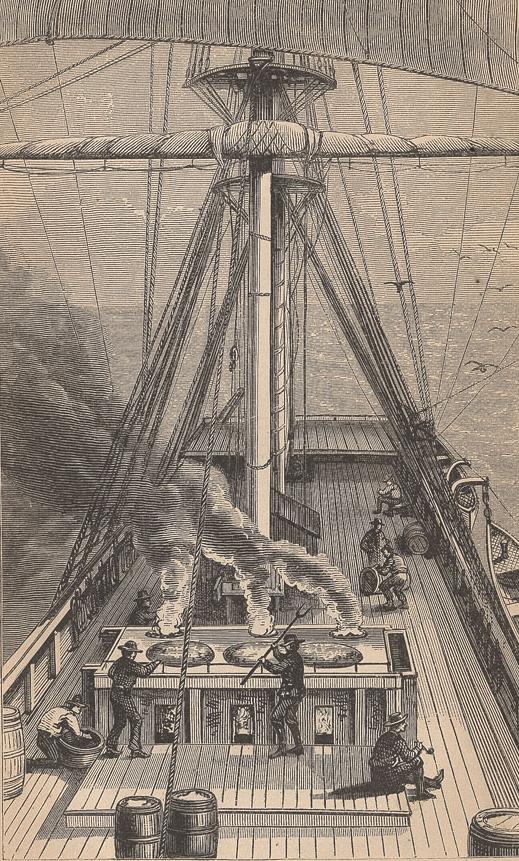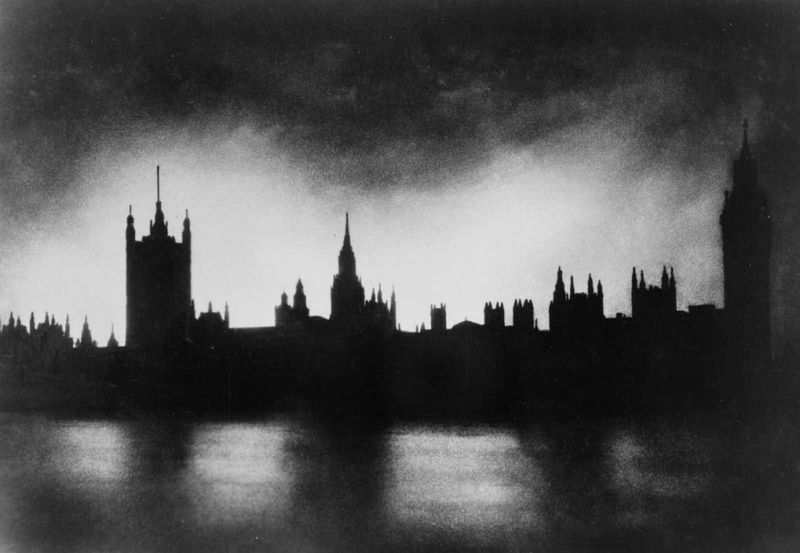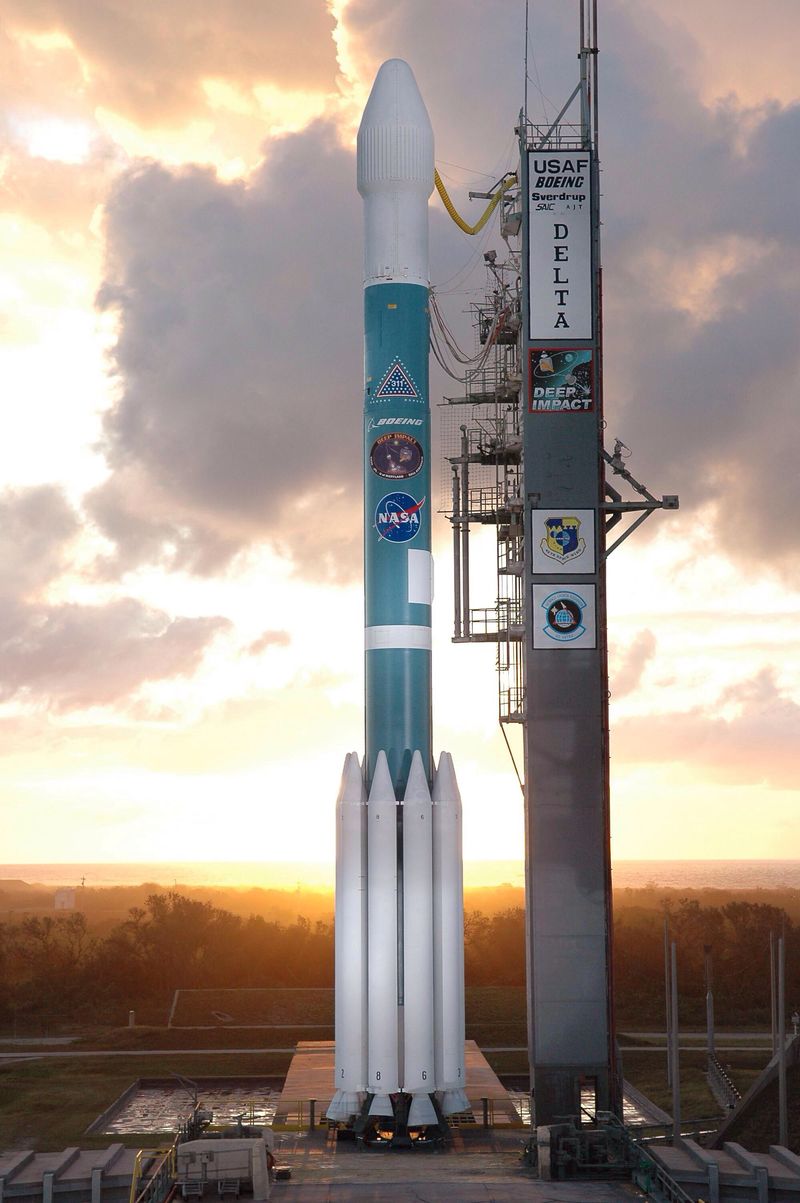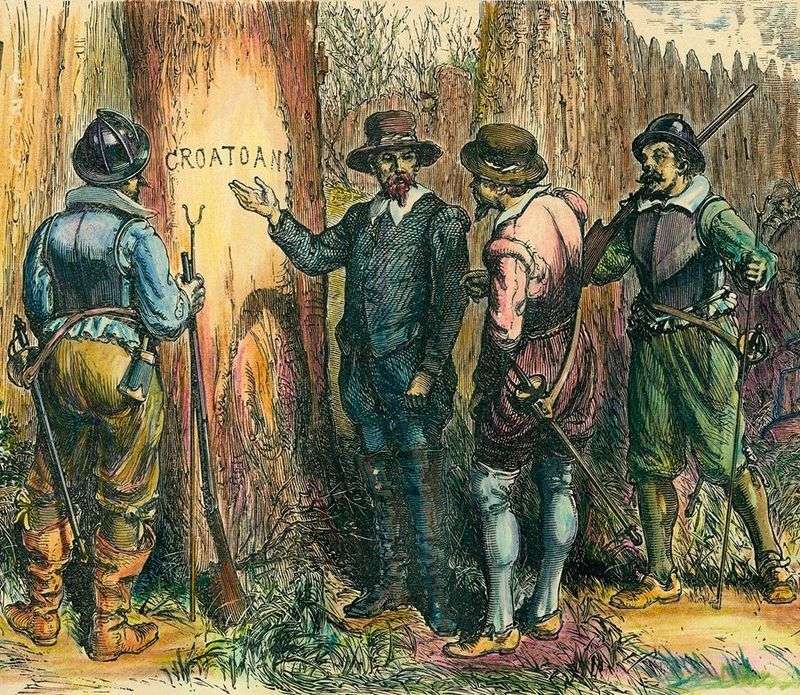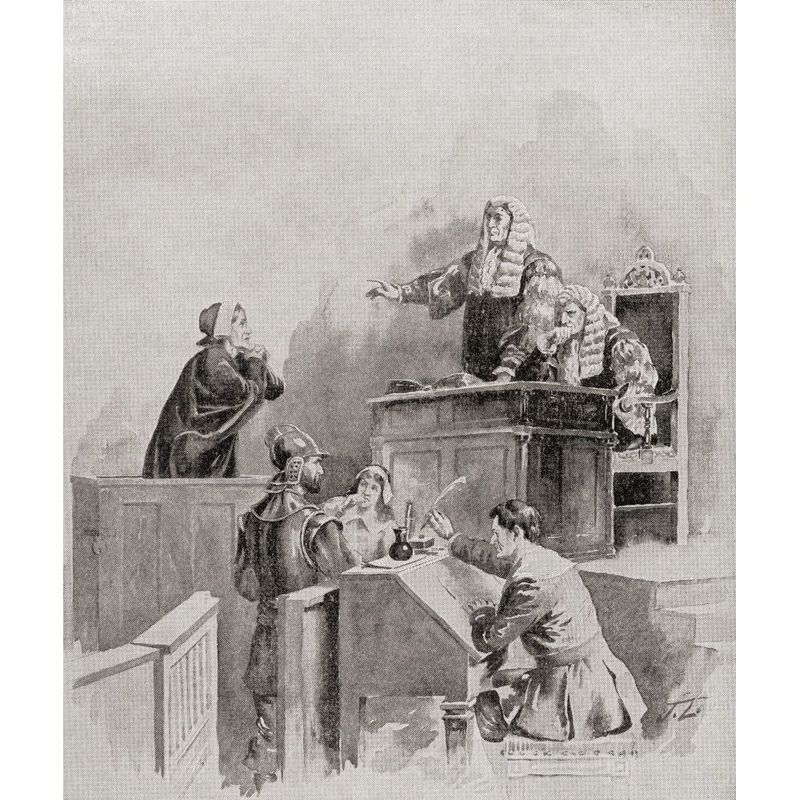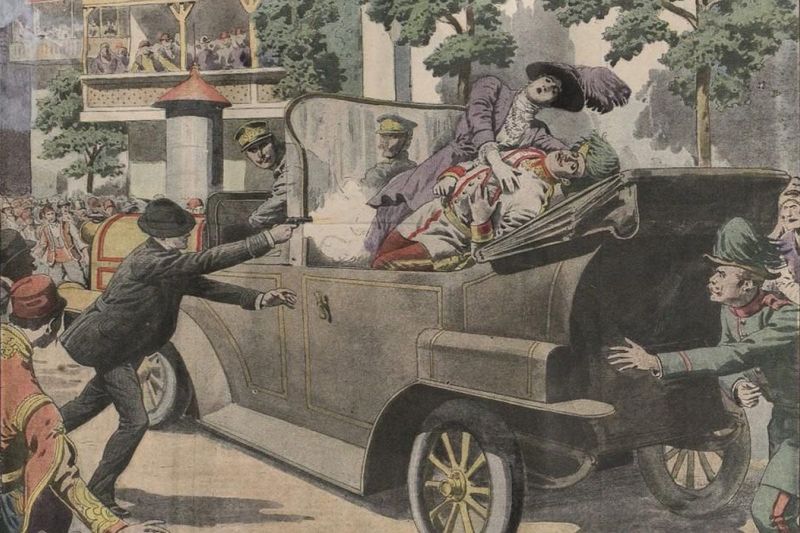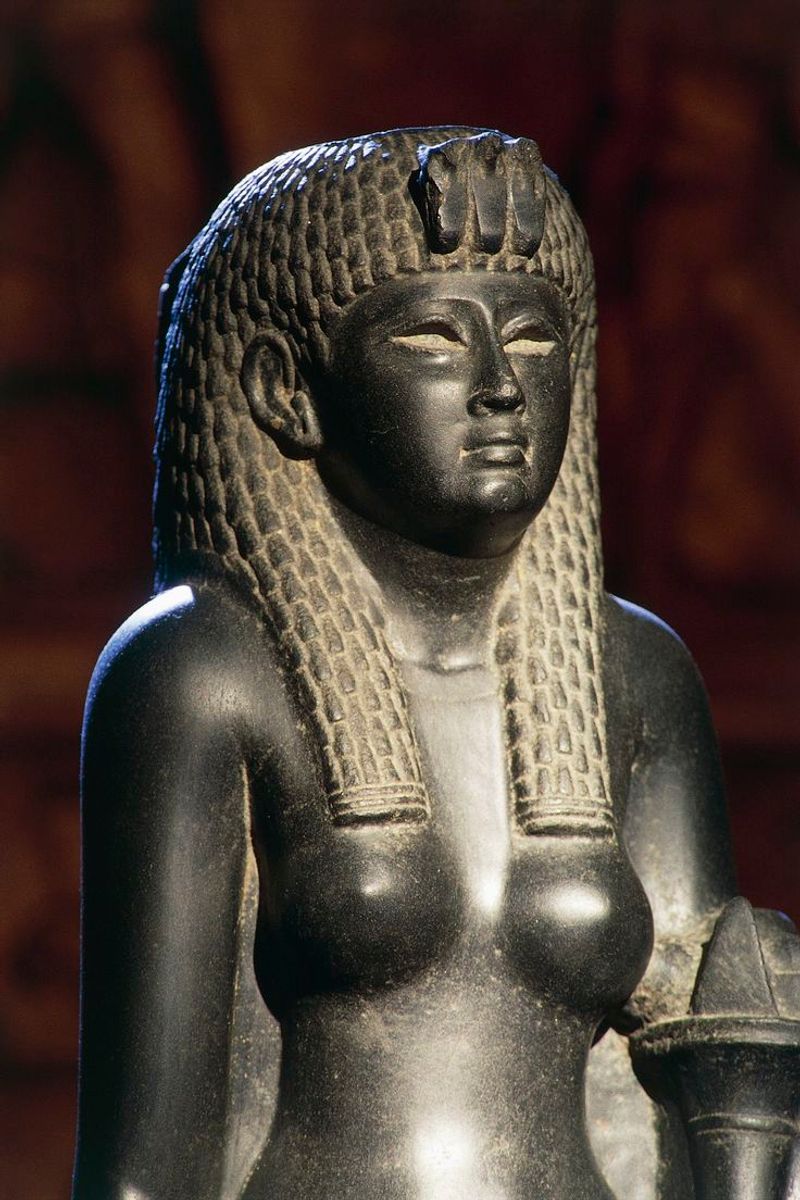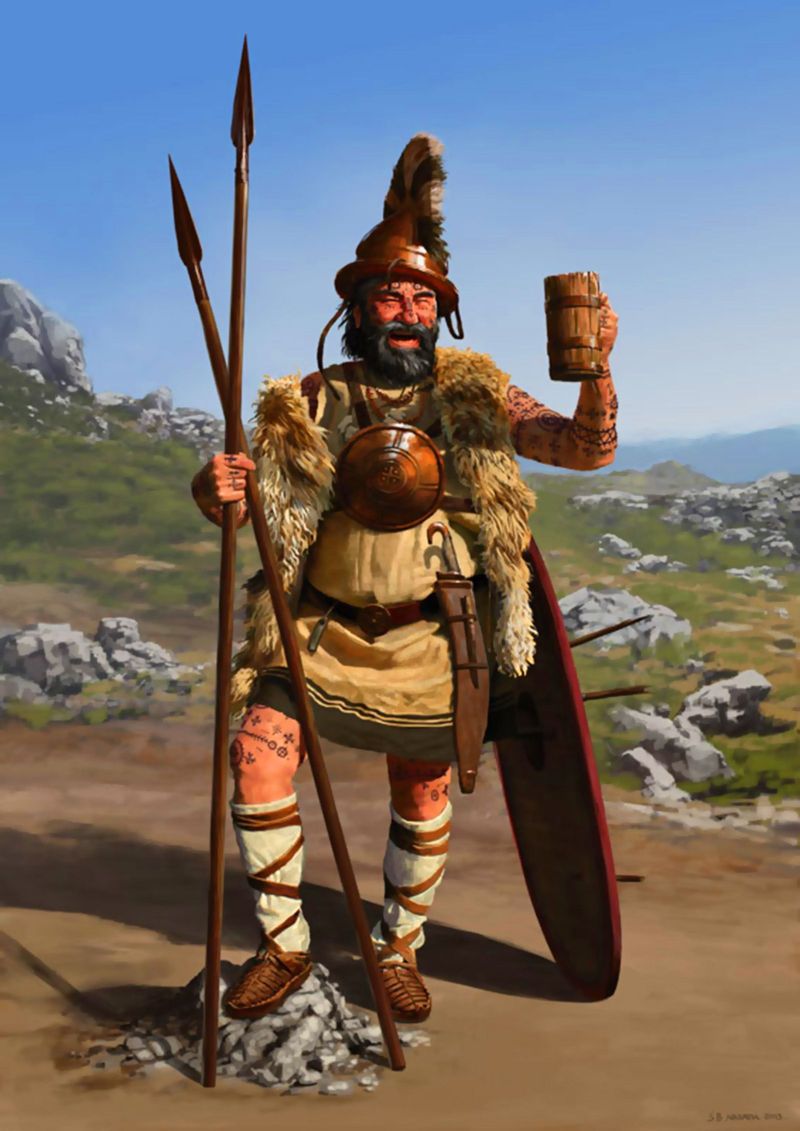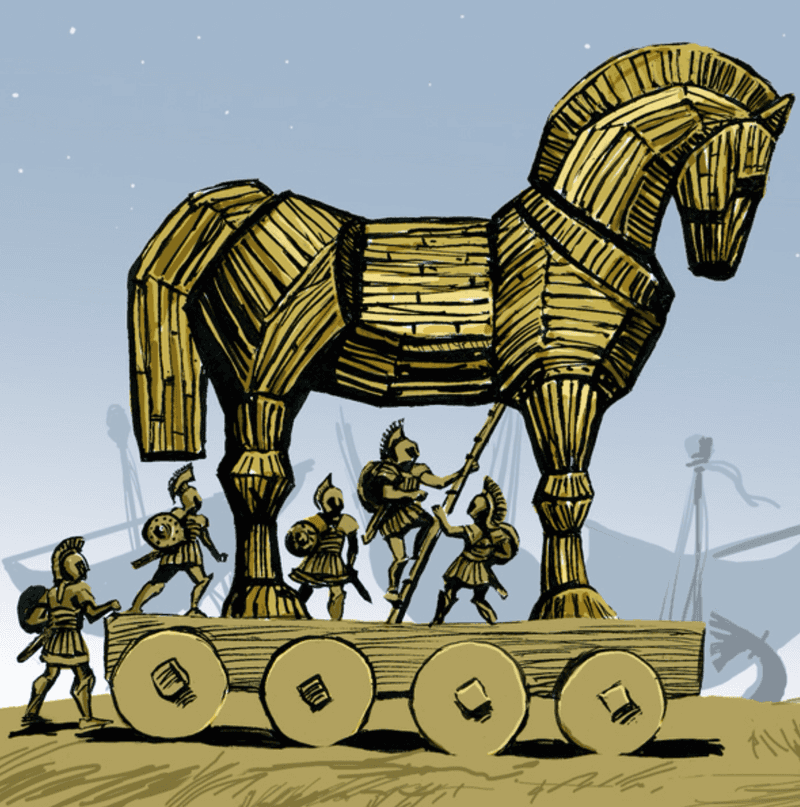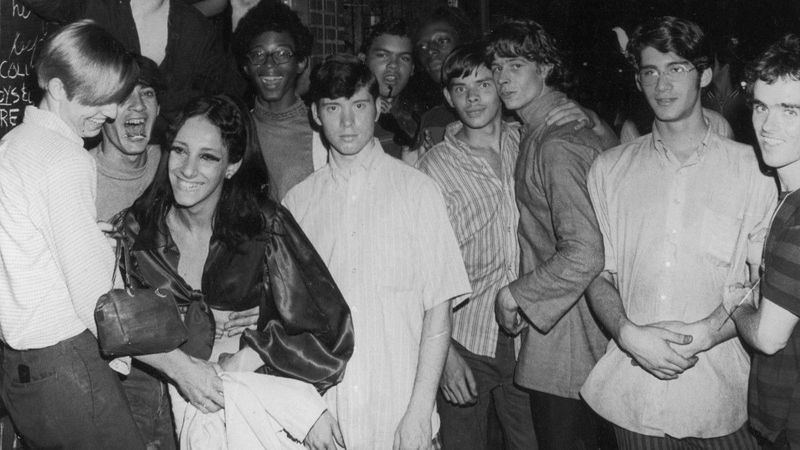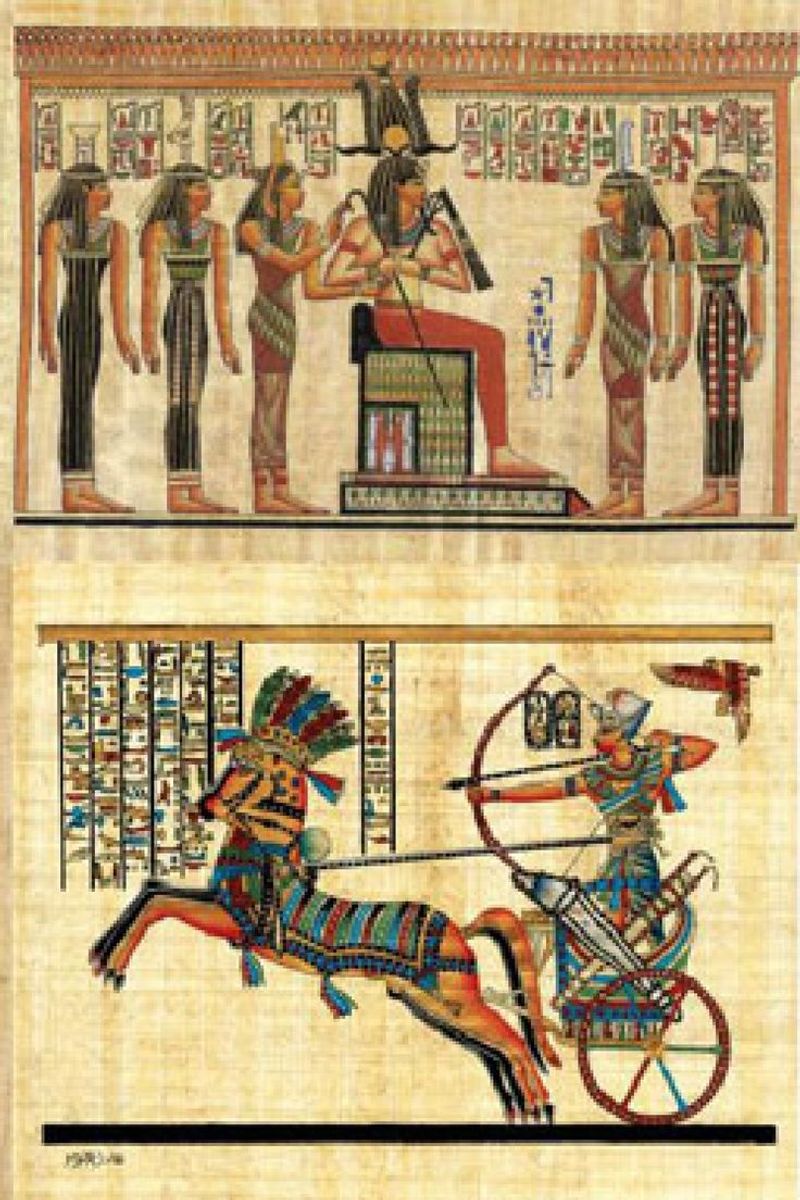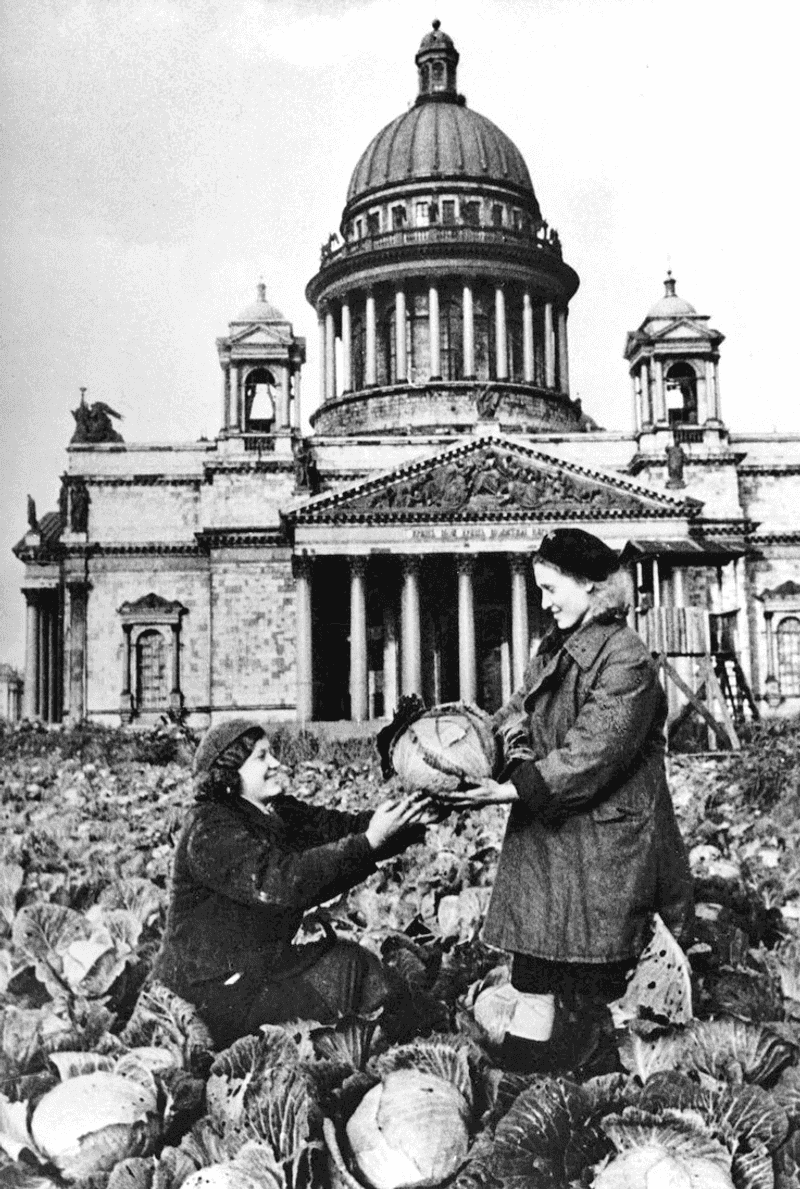History is filled with events that are so unbelievable, they sound like fiction. Yet, these events truly occurred, leaving us in awe of the past. Here, we delve into 19 such astonishing moments that shaped the world in unimaginable ways. Each story, unique and fascinating, offers a glimpse into the unexpected turns of human history. Join us as we explore these remarkable events, each accompanied by a vivid image prompt to bring history to life.
The Dancing Plague of 1518
In 1518, the residents of Strasbourg experienced a bizarre phenomenon known as the Dancing Plague. It began when Frau Troffea started dancing uncontrollably, and within weeks, dozens joined her, unable to stop. The event left people dancing for days, some collapsing from exhaustion, while others suffered severe health issues. Surprisingly, there is no clear explanation for this mass hysteria. Theories range from ergot poisoning to stress-induced psychosis. This peculiar event remains a mystery, capturing our imagination with its bizarre, almost other-worldly occurrence. A vivid reminder of how unpredictable history can be.
The Great Emu War of 1932
In 1932, Australia waged an unusual war against emus, native flightless birds wreaking havoc on farmlands. Soldiers armed with machine guns were deployed to curb the emu population. Despite their efforts, the emus proved elusive and resilient, leading to a surprising outcome: the emus won. The event highlighted the challenges of wildlife management and the unpredictability of nature. The Great Emu War, as it came to be known, serves as a humorous yet thought-provoking tale of nature’s tenacity, resilience, and the unexpected twists in human attempts to control it.
The Tulip Mania of 1637
Tulip Mania, occurring in the Netherlands during the 1630s, was one of the first recorded speculative bubbles. Tulips became a luxury item, with prices soaring to unprecedented levels before crashing suddenly in 1637. People from all walks of life participated in the market, with some even mortgaging their homes to buy bulbs. When the bubble burst, fortunes were lost overnight, leaving many in financial ruin. This event is a classic example of market speculation and economic folly, reminding us of the dangers of speculative investing and the volatility inherent in financial markets.
The Boston Molasses Disaster of 1919
On January 15, 1919, a huge storage tank filled with molasses burst in Boston’s North End, unleashing a deadly wave of sticky syrup. The deluge killed 21 people and injured 150, causing buildings to collapse and streets to flood. The disaster, known as the Boston Molasses Disaster, highlighted the importance of industrial safety regulations. Investigations revealed that poor construction was at fault, leading to significant legal reforms. This sticky catastrophe serves as a sobering reminder of the potential consequences of neglecting safety standards and the unexpected hazards lurking in everyday life.
The Eruption of Mount Tambora in 1815
The eruption of Mount Tambora in 1815 was a catastrophic event, the most powerful volcanic eruption in recorded history. Located in Indonesia, its impact was felt globally, leading to the “Year Without a Summer” in 1816. The eruption sent massive amounts of volcanic ash into the atmosphere, causing dramatic climate changes. Crop failures and famines resulted, affecting millions worldwide. This event underscores the potent force of nature and its capacity to alter global landscapes. It also serves as a powerful reminder of the interconnectedness of global climates and the far-reaching impact of natural disasters.
The War of the Stray Dog in 1925
The War of the Stray Dog in 1925 was an absurd yet real conflict between Greece and Bulgaria. It started when a Greek soldier chased a stray dog across the border, leading to a deadly clash. Tensions escalated rapidly, resulting in the League of Nations intervening to broker peace. Although brief, this conflict highlights the fragile nature of international relations and how minor incidents can trigger major disputes. It serves as a cautionary tale of how misunderstandings can spiral out of control, emphasizing the need for diplomacy and communication in resolving conflicts.
The Whale Oil Crisis of the 19th Century
During the 19th century, whale oil was a crucial resource, powering lamps and machinery. As demand soared, whale populations plummeted, leading to a scarcity crisis. This crisis drove innovation, paving the way for alternative energy sources like kerosene and eventually electricity. The Whale Oil Crisis exemplifies humanity’s resourcefulness in the face of scarcity and the transition towards sustainable energy solutions. It’s a testament to the ability of societies to adapt and innovate when confronted with environmental challenges, marking a significant turning point in the history of energy consumption and environmental consciousness.
The Blitz of London in 1940
The Blitz, a relentless bombing campaign by Nazi Germany on London during World War II, lasted from 1940 to 1941. The air raids caused massive destruction and loss of life but failed to break the British spirit. Londoners adapted by taking shelter in underground stations and maintaining a sense of normalcy amidst chaos. The Blitz represents resilience in the face of adversity, highlighting the courage and determination of ordinary citizens under extraordinary circumstances. It remains a powerful symbol of unity and perseverance, demonstrating how communities can endure and rebuild even in the darkest times.
The Space Race’s Impact on Technology
The Space Race between the USA and the USSR during the Cold War era spurred unprecedented technological advancements. Driven by the desire to dominate space, both nations invested heavily in science and technology. This competition led to the development of satellites, GPS, and other innovations now integral to modern life. The Space Race exemplifies how rivalry can fuel progress, transforming aspirations into tangible achievements. It also demonstrates the power of scientific inquiry and the potential of human ingenuity when challenged. These advancements continue to shape our world, reminding us of the lasting benefits of exploration.
The Disappearance of the Roanoke Colony
The Roanoke Colony, established in the late 16th century, is one of America’s enduring mysteries. Settlers vanished without a trace, leaving behind an abandoned settlement and a single cryptic word: “CROATOAN.” Various theories, from integration with local tribes to alien abductions, have been proposed, but none confirmed. This enigma captivates historians and storytellers alike, symbolizing the unknowns of early colonial history. The disappearance remains unsolved, inviting speculation and intrigue. It’s a testament to the complexities and uncertainties of human ventures, urging us to ponder what might have transpired on those distant shores.
The Miracle of Dunkirk in 1940
The Miracle of Dunkirk, a daring WWII evacuation in 1940, saw over 300,000 Allied soldiers rescued from the beaches of Dunkirk, France. Facing imminent capture by German forces, a flotilla of civilian boats joined the military effort, turning an impending disaster into a remarkable escape. This operation highlighted extraordinary bravery and solidarity, showcasing the power of collective action in times of crisis. Dunkirk remains a poignant example of hope and resilience, emphasizing the human capacity for compassion and courage. It stands as a testament to the indomitable spirit that can emerge in the most dire circumstances.
The Salem Witch Trials of 1692
The Salem Witch Trials of 1692, characterized by mass hysteria, led to the execution of 20 people accused of witchcraft in colonial Massachusetts. Fueled by fear and superstition, the trials exemplified the dangers of scapegoating and mob mentality. This dark chapter in history serves as a cautionary tale about the perils of paranoia and injustice. It underscores the importance of due process and critical thinking in safeguarding against societal panic. The trials remain a stark reminder of the consequences of unchecked fear, urging contemporary society to learn from past mistakes and promote reason and empathy.
The Assassination of Archduke Franz Ferdinand in 1914
The assassination of Archduke Franz Ferdinand in 1914 by Gavrilo Princip in Sarajevo was the spark that ignited World War I. This event set off a chain reaction, leading to a global conflict that reshaped the 20th century. The assassination underscores the fragility of political stability and how a single act can alter history’s course. It serves as a reminder of the profound impact of geopolitical tensions and the complexities of international relations. The event remains a pivotal moment in history, demonstrating the interconnectedness of global events and the far-reaching consequences of political decisions.
The Basal Ganglia of Cleopatra’s Egypt
Cleopatra VII, the last active ruler of the Ptolemaic Kingdom of Egypt, remains a figure of intrigue and legend. Her reign was marked by intelligence, political savvy, and romantic alliances. Cleopatra’s interactions with Rome’s powerful leaders, Julius Caesar and Mark Antony, have been subjects of fascination and speculation. Her life and reign highlight the complexities of power, gender, and diplomacy in ancient times. Cleopatra’s legacy endures in both historical accounts and popular culture, symbolizing the blend of allure and authority. Her story invites reflection on the roles of women in leadership and the enduring impact of charismatic figures.
The Illyrian Rebellion Against Rome
The Illyrian Rebellions against Roman rule from 6 AD to 9 AD were fierce uprisings by the Illyrian tribes. These rebellions challenged Roman expansion and demonstrated the resilience of the Illyrian people. Despite eventual defeat, their tenacity and courage left a lasting mark on Roman military history. This conflict underscores the broader themes of resistance and imperialism, highlighting the struggle for autonomy against powerful empires. The Illyrian Rebellion is a testament to the enduring human spirit that resists domination, emphasizing the complexities of conquest and the enduring quest for freedom and self-determination.
The Deception of the Trojan Horse
The tale of the Trojan Horse, a classic story from Greek mythology, recounts the cunning Greek ploy to infiltrate the city of Troy. By hiding soldiers inside a large wooden horse, the Greeks tricked the Trojans into bringing it within their walls. This deception led to the fall of Troy, showcasing the art of war and strategy. Although mythological, the story symbolizes the timeless themes of cunning, betrayal, and the unexpected. It serves as a reminder of the power of wit and strategy in overcoming seemingly insurmountable challenges, offering insights into the human capacity for creativity and innovation.
The Stonewall Riots of 1969
The Stonewall Riots of 1969 were a pivotal moment in the LGBTQ+ rights movement. Sparked by a police raid on the Stonewall Inn in New York City, the riots marked the beginning of the fight for equality and acceptance. Participants, fueled by years of discrimination, stood against oppression, demanding justice and respect. This rebellion galvanized the LGBTQ+ community, leading to the formation of advocacy groups and pride movements worldwide. Stonewall remains a symbol of resistance and resilience, highlighting the ongoing struggle for civil rights. It serves as a powerful reminder of the impact of collective action in driving social change.
The Invention of Papyrus in Ancient Egypt
The invention of papyrus in ancient Egypt revolutionized communication and record-keeping. As one of the earliest forms of paper, papyrus enabled Egyptians to document history, culture, and knowledge. This innovation facilitated the development of literature, administration, and science, influencing subsequent civilizations. Papyrus scrolls became a medium for preserving written information, shaping the way societies recorded and shared ideas. The invention of papyrus marks a significant advancement in human communication, underscoring the importance of preserving knowledge. Its legacy endures, illustrating the profound impact of technological innovations on cultural and intellectual development.
The Siege of Leningrad in 1941
The Siege of Leningrad during World War II was one of the longest and most destructive sieges in history. Lasting from 1941 to 1944, it resulted in immense hardship for the city’s residents, who endured severe shortages and harsh winters. Despite the dire conditions, the spirit and resilience of the people of Leningrad shone through. They persevered through unimaginable adversity, maintaining their city’s cultural and historical identity. The siege stands as a testament to human endurance and solidarity, highlighting the strength that can arise in the face of overwhelming challenges. It remains a powerful symbol of resistance against tyranny.
